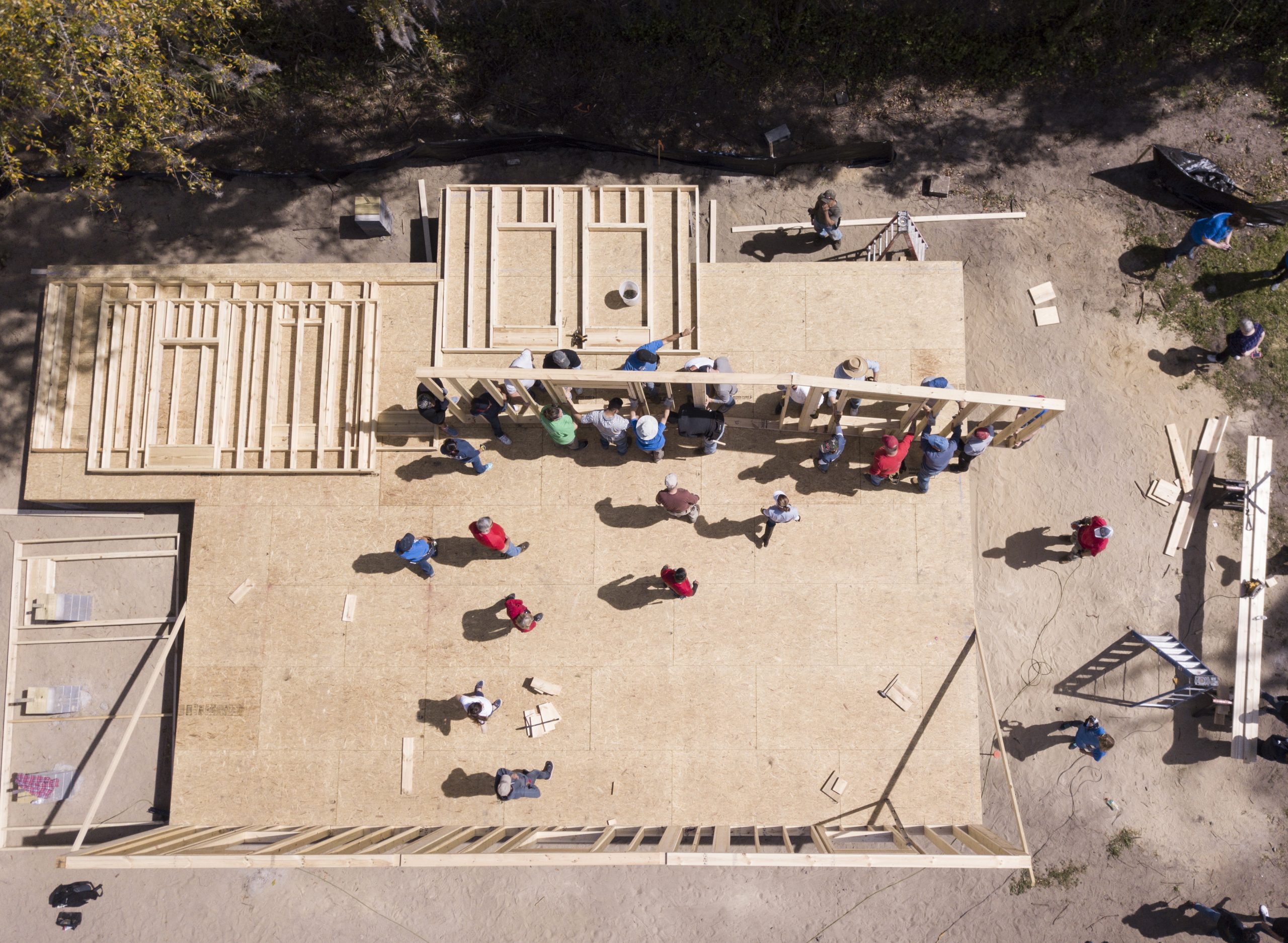Replacing a roof is a significant home improvement project that involves careful planning and execution. Understanding the step-by-step process can help homeowners prepare for the undertaking and ensure a smooth and efficient replacement. Here’s a detailed look at the steps involved in replacing a roof, from the initial inspection to the final cleanup.
Step 1: Initial Inspection and Assessment
Objective: To determine the extent of the roof’s damage and whether a replacement is necessary.
Process:
- Visual Inspection: A roofing professional will perform a visual inspection of the roof, looking for signs of damage such as missing or damaged shingles, leaks, and structural issues.
- Detailed Assessment: The inspector may also check the attic for signs of water damage, proper insulation, and ventilation issues.
- Estimate: Based on the findings, the contractor will provide a detailed estimate, including the cost of materials, labor, and any additional repairs needed.
Step 2: Choosing Materials and Planning
Objective: To select the appropriate roofing materials and plan the replacement project.
Process:
- Material Selection: Homeowners will choose the type of roofing material, such as asphalt shingles, metal, tile, or slate, based on their budget, aesthetic preferences, and durability requirements.
- Planning: The contractor will outline the project timeline, taking into account weather conditions and the scope of work.
- Permits: Necessary permits will be obtained from local authorities to ensure the project complies with building codes and regulations.
Step 3: Preparing the Worksite
Objective: To prepare the home and surrounding area for the roof replacement process.
Process:
- Property Protection: Contractors will cover plants, shrubs, and other vulnerable areas with tarps to protect them from debris.
- Safety Measures: Scaffolding, ladders, and safety harnesses will be set up to ensure worker safety during the replacement process.
- Delivery of Materials: Roofing materials will be delivered and stored in a designated area, ready for use.
Step 4: Removing the Old Roof
Objective: To safely remove the existing roofing materials and inspect the underlying structure.
Process:
- Tear-Off: The old shingles, underlayment, and flashing are removed. This process can be noisy and create a significant amount of debris.
- Inspection: Once the old roof is removed, the contractor will inspect the decking for any signs of damage or rot. Damaged sections will be repaired or replaced.
- Cleanup: Debris from the tear-off process will be collected and disposed of properly.
Step 5: Installing the New Roof
Objective: To install the new roofing system, ensuring durability and protection.
Process:
- Underlayment: A water-resistant underlayment is installed over the decking to provide an extra layer of protection against moisture.
- Drip Edge: Metal drip edges are installed along the roof’s edges to guide water away from the fascia and into the gutters.
- Flashing: New flashing is installed around chimneys, vents, and other roof penetrations to prevent leaks.
- Shingle Installation: The chosen roofing material (e.g., shingles, metal panels) is installed according to manufacturer specifications. Proper installation is crucial for the roof’s performance and longevity.
- Ventilation: Roof vents are installed or upgraded to ensure proper attic ventilation, which helps regulate temperature and moisture levels.
Step 6: Final Inspection and Cleanup
Objective: To ensure the new roof is installed correctly and the property is returned to its original condition.
Process:
- Final Inspection: The contractor will perform a thorough inspection of the new roof to ensure all components are installed correctly and meet quality standards.
- Cleanup: The worksite will be cleaned of all debris, nails, and leftover materials. Contractors will use magnets to pick up stray nails and ensure the area is safe.
- Customer Walkthrough: The contractor will walk the homeowner through the completed project, explaining any warranties and maintenance tips.
Conclusion
The roof replacement process involves several critical steps, from the initial inspection to the final cleanup. By understanding each phase, homeowners can better prepare for the project and ensure a successful outcome. Working with a reputable roofing contractor is essential to guarantee quality workmanship and a roof that will protect your home for years to come.
